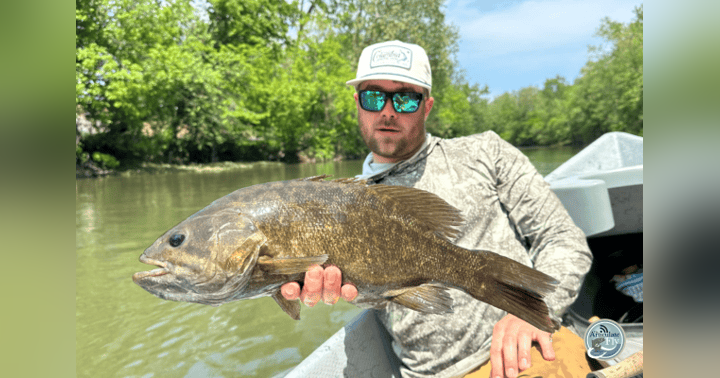HOW TO FLY FISH: CADDISFLIES (PART I): LARVA AND EMERGERS

A caddis’ life cycle has three parts: larva, pupa and adult. Unlike the mayfly, the caddis’ larval behavior varies by species. At the risk of oversimplifying things, caddis larvae roughly break down into three categories: free living, net spinning and case building. [For a more detailed discussion, please check out Chapter 6 of Dave Whitlock’s Guide to Aquatic Trout Foods or Gary LaFontaine’s Caddisflies.] Free living caddis larvae resemble tiny worms and inhabit the stream bottom just like mayfly nymphs. As their name implies, net spinning caddis spin silken nets to seine food particles from the water. Finally, case building caddis construct and live in protective cases made from materials found in the stream. In the Southeast, fishermen sometimes refer to them as “stickbait”.
Fortunately, even though caddis larvae behave very differently from mayfly nymphs, we can apply the fishing tactics discussed in Mayflies (Part I): Nymphs and Emergers. Just like mayflies, caddis larvae are available to trout when they are accidentally dislodged from the stream bottom or as a result of behavioral drift. Again, “match the hatch” by checking out the undersides of some rocks or seining the river. Match your nymph to the size and color of the caddis larvae you find. For free living and net spinning caddis, flies tied on curved scud hooks provide a more accurate profile. Flies tied with a black or dark brown head and a green, tan, brown or cream body will cover most situations. For case building caddis, I like natural, olive or brown Hare’s Ears.
Unlike mayflies, caddis pupate between their larval and adult stages. The case building caddis simply seal themselves in their cases while free living and net spinning caddis build pupal cases. At maturity, the adult caddis breaks free from the pupal case, swims to the surface and flies away. Since caddis adults generally do not linger on the water’s surface, trout aggressively pursue the emergers. Like mayfly hatches, you can use soft hackles to imitate emergers and fish them as part of a two fly rig to cover different stages of the hatch and different parts of the water column. An appropriately colored Soft Hackle Hare’s Ear can be particularly effective. There are also pupa-specific patterns that are a combination of a caddis pupa and an emerging adult. Often, these patterns contain some kind of flashy material to imitate the gas bubbles trapped by emerging caddis. LaFontaine’s Sparkle Pupa is a perfect example. These patterns often fish better lower in the water column, because they imitate caddis in an earlier stage of emergence. Fish them as the bottom fly on a two fly rig with a soft hackle on a dropper higher up the leader.
At The Articulate Fly, we love questions! Please post a comment or send us your question.
Follow us on Facebook, Instagram, LinkedIn, Twitter or YouTube.




